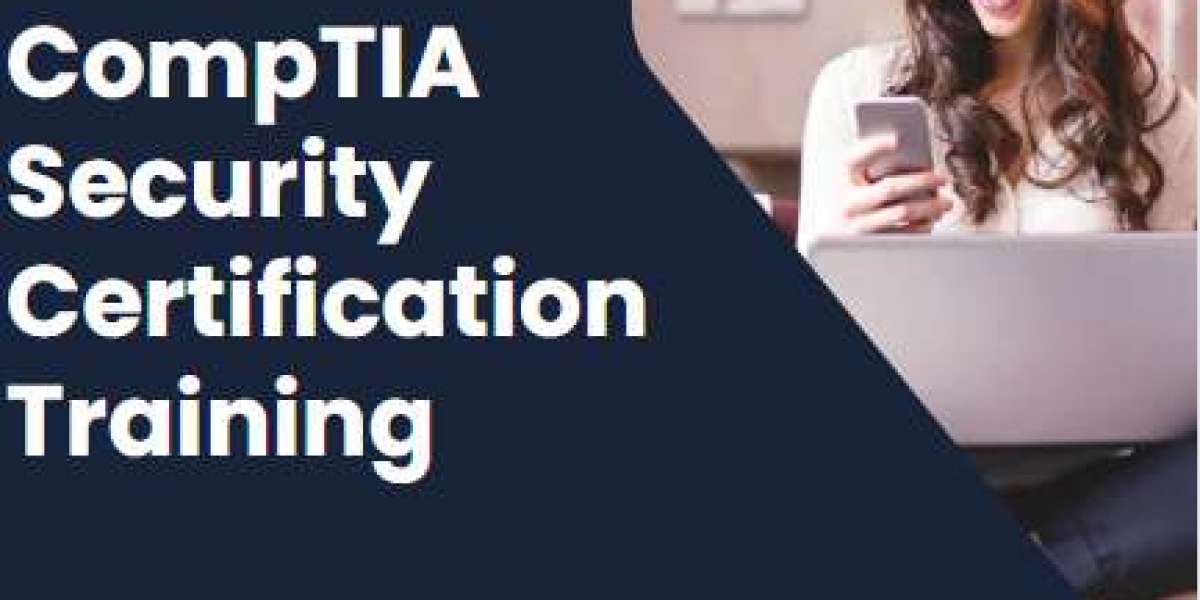In the fast-paced world of cybersecurity, where threats evolve rapidly and technologies advance incessantly, obtaining certifications has become a vital step for professionals aiming to stay relevant and competitive. Among the plethora of certifications available, CompTIA Security+ stands out as a cornerstone credential, recognized globally for validating cybersecurity skills and knowledge. However, mastering the Security+ exam can be a daunting task, requiring dedication, strategic preparation, and often, a unique approach to studying. In this article, we delve into an unexpected study method that has proven to be a game-changer for aspiring Security+ candidates.
Traditionally, preparing for CompTIA Security+ Certification exams involves devouring textbooks, attending training courses, and practicing with sample questions. While these methods are undoubtedly valuable, they often overlook a crucial aspect of effective learning: hands-on experience. Many aspiring cybersecurity professionals find themselves grappling with abstract concepts and theoretical frameworks, struggling to bridge the gap between academic knowledge and practical application. This is where the unexpected study method comes into play: the power of practical experimentation.
Imagine a scenario where instead of passively consuming information, you actively engage with it through experimentation and exploration. This approach, known as "learning by doing" or experiential learning, flips the traditional study paradigm on its head, placing emphasis on active participation and real-world application. For Security+ candidates, integrating hands-on experimentation into their study regimen can lead to profound insights, deeper understanding, and enhanced retention of key concepts.
So, what exactly does practical experimentation entail in the context of Security+ preparation? It involves setting up a virtual lab environment where candidates can simulate various cybersecurity scenarios, interact with different tools and technologies, and apply theoretical knowledge in a hands-on manner. Thanks to advancements in virtualization technology, creating a virtual lab has never been easier or more accessible. Platforms like VirtualBox, VMware, and GNS3 allow users to emulate entire networks, deploy virtual machines, and experiment with cybersecurity tools—all from the comfort of their computer.
One of the most effective ways to leverage a virtual lab for Security+ preparation is by following a structured approach that mirrors the exam objectives. For instance, candidates can create lab scenarios focused on topics such as network security, cryptography, threat detection, and incident response. By designing hands-on exercises that align with each exam domain, candidates can reinforce their understanding of key concepts while gaining practical skills that are directly applicable to real-world scenarios.
Let's consider an example: understanding encryption algorithms, a fundamental concept in cybersecurity. Instead of simply memorizing the types of encryption algorithms and their characteristics, candidates can set up a virtual lab to experiment with encryption tools like OpenSSL or GnuPG. By encrypting and decrypting files, generating digital signatures, and analyzing the output, candidates can develop a deeper appreciation for how encryption works in practice, as well as the strengths and weaknesses of different algorithms.
Similarly, candidates can use their virtual lab environment to explore network security concepts such as firewalls, intrusion detection systems (IDS), and virtual private networks (VPN). By configuring firewall rules, simulating network attacks, and monitoring network traffic, candidates can gain firsthand experience in securing network infrastructure—a skill that is in high demand in today's cybersecurity landscape.
The beauty of this approach lies in its versatility and flexibility. Candidates can tailor their virtual lab experiments to focus on areas where they feel less confident or to explore emerging technologies and trends in cybersecurity. Whether it's setting up a honeypot to detect and analyze malware or configuring a penetration testing environment to identify vulnerabilities, the possibilities are endless.
Moreover, the hands-on experience gained from practical experimentation can significantly enhance retention and comprehension of complex concepts. Research has shown that active learning methods, such as hands-on experimentation, lead to higher levels of engagement, improved problem-solving skills, and better long-term memory retention compared to passive learning approaches. By actively engaging with Security+ concepts in a virtual lab environment, candidates can solidify their understanding and build the confidence needed to excel on the exam.
In addition to enhancing technical skills, practical experimentation can also foster critical thinking and troubleshooting abilities—qualities that are invaluable in the field of cybersecurity. As candidates encounter challenges and unexpected issues during their lab experiments, they learn to think critically, analyze problems methodically, and apply creative solutions. This problem-solving mindset is not only essential for passing the Security+ exam but also for succeeding in real-world cybersecurity roles, where adaptability and resilience are paramount.
Furthermore, practical experimentation provides a safe and controlled environment for candidates to make mistakes and learn from them. In the fast-paced and high-stakes world of cybersecurity, where the consequences of a single misconfiguration or oversight can be severe, having the opportunity to practice in a simulated environment can be immensely beneficial. By making mistakes in the lab, candidates can identify weaknesses in their understanding, refine their skills, and ultimately, become more proficient cybersecurity professionals.
In conclusion, mastering the CompTIA Security+ certification requires more than just memorizing facts and figures—it demands a holistic understanding of cybersecurity principles and practical skills that can only be acquired through hands-on experience. By embracing the unexpected study method of practical experimentation in a virtual lab environment, aspiring Security+ candidates can transform their learning experience, gain valuable insights, and ultimately, ace the exam with confidence. So, roll up your sleeves, fire up your virtual machines, and embark on the journey to Security+ mastery—one lab experiment at a time.








